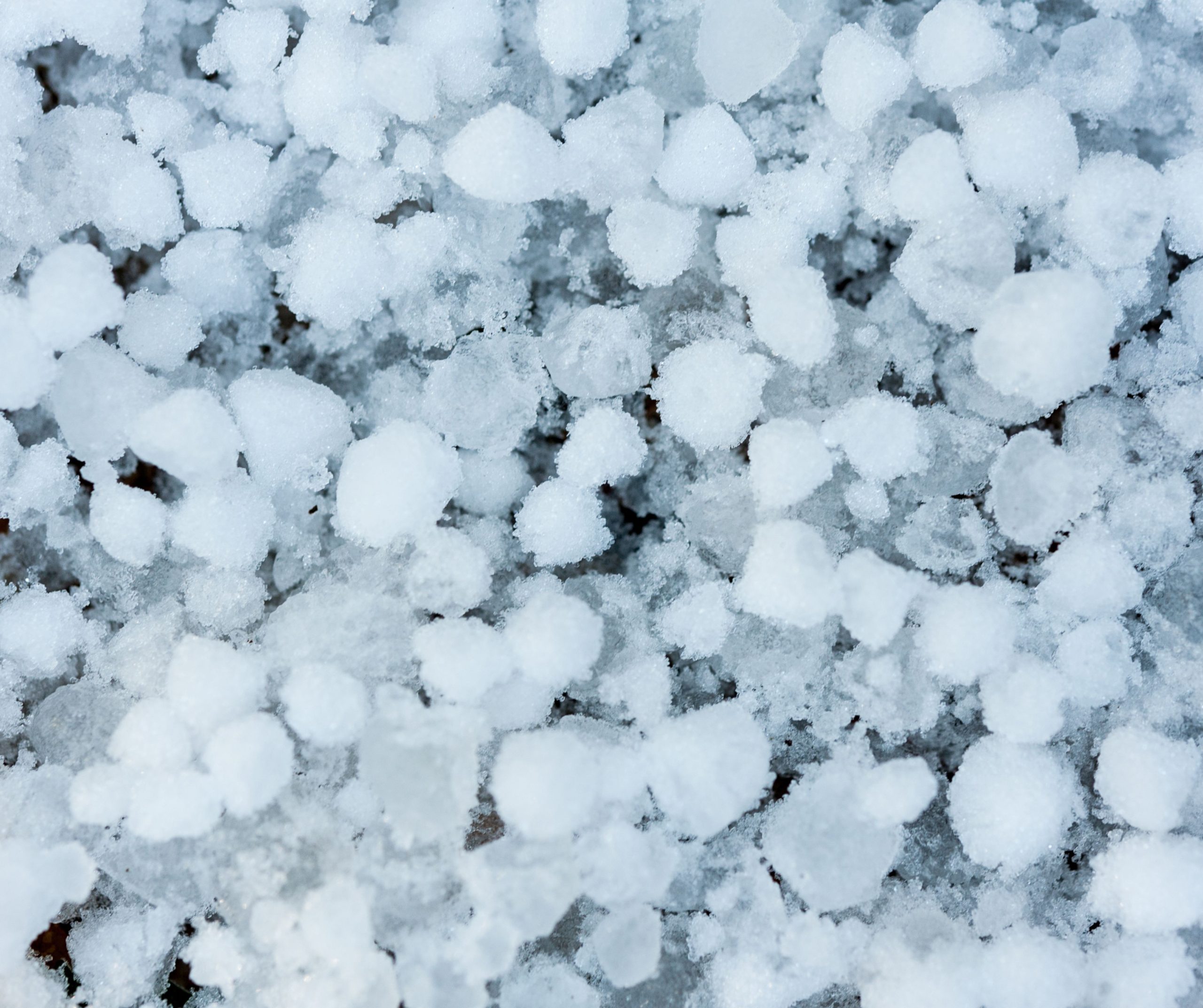The science behind climate extremes is fascinating and diverse.
Our experts love to share their work with the media, websites like The Conversation and here at climateextremes.org.au – here’s some of their latest articles.
Note: sometimes we also share work and articles from researchers and organisations not directly affiliated or funded by our Centre. We love to share interesting work done by others in our field. If you’d like to share or adapt our work, please get in touch – email clex@unsw.edu.au
-
Dangerous climate tipping points will affect Australia. The risks are real and cannot be ignored

Climate scientists have known for a while that there are “tipping elements” in the climate system. These elements can undergo an abrupt change in state, which becomes self-perpetuating and irreversible for a very long time.
-
Ocean warming: new study shows how ocean fronts have changed in oceanic hotspots and how this could impact global fisheries in the future

Ocean fronts affect phytoplankton and marine food webs, including commercially important fisheries. As the ocean warms, any change in fronts could have considerable socio-economic impacts.
-
What does El Niño do to the weather in your state?

El Niño brings hot and dry weather to the eastern states, but what about the rest of Australia? Explore the impacts of El Niño with this new interactive map.
-
In September we went past 1.5 degrees. In November, we tipped over 2 degrees for the first time. What’s going on?

The climate is enormously complex. We should see the first day 2°C warmer than the same day in the pre-industrial period as a stark warning – but not as a sign to give up.
-
A monster eddy current is spinning into existence off the coast of Sydney. Will it bring a new marine heatwave?

What happens to eddies? Like atmospheric systems, these are effectively heat engines. They transport heat to new areas as they whirl in the ocean.
-
Up to a 40% increase in hailstorm-prone days around Sydney and Perth: new research

“Over a lot of places, hail-prone days have decreased, but in some places they have significantly increased.”
